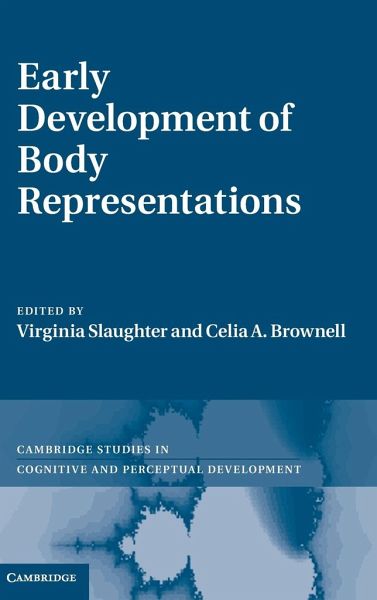
Early Development of Body Representations
Versandkostenfrei!
Versandfertig in 1-2 Wochen
112,99 €
inkl. MwSt.
Weitere Ausgaben:

PAYBACK Punkte
56 °P sammeln!
This unique book presents current research on how young children perceive and think about their own and others' bodies.




